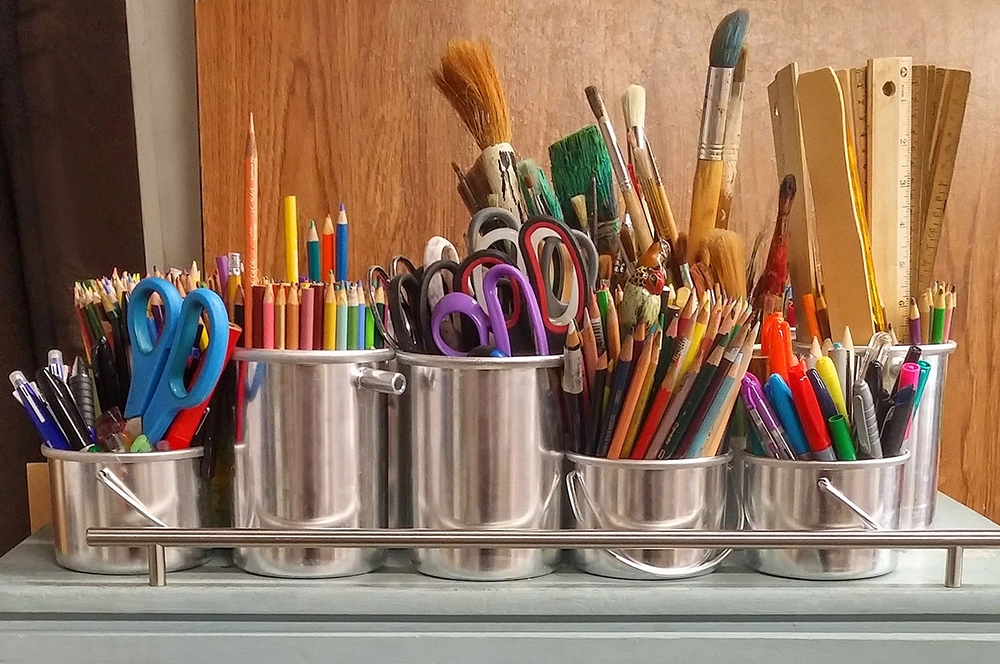‘Arts in Prison’ is an exploratory PPI project aiming to give a voice to those who participate in art-based programmes within prison settings. Co-production is an approach in which researchers, practitioners, and the public (in this case prisoners) work together, sharing power and responsibility from the start to the end of the project. Co-producing an art programme evaluation tool with those who represent the end-users of such a programme to be embedded, maximising its relevance and success. More specifically, this evaluation tool will provide greater insight into what the prisoners who attend these programmes are expecting to gain, why they continue to engage with the programme, and areas that they would like to see changed or aspects they would like added.
This project received internal funding through the university’s Participatory Research Challenge. Foreign national prisoners from HMP Maidstone participated in a series of four workshops to create and develop a co-collaborated evaluation tool of prison arts. All workshops facilitated communication, self-expression, and sharing whilst centring the workshops around various creative techniques such as brainstorming, collective drawing, and collage making.
There were a lot of similar narratives occurring amongst the prisoners about the importance of the art programme and its effect on the participants’ mental health as well as wellbeing. Many prisoners used the art programme as an escapism or saw participation in art activities as a way of making time pass quicker.
Through working co-collaboratively with the prisoners, seven areas were identified that the evaluation tool should aim to explore: artistic skills development, mental health (specifically depression and anxiety), trust, motivation, burden, self-confidence/self-esteem, and happiness/fulfilment.
The prisoners were keen that the evaluation collection not only included numbers to be analysed into figures but also collect the views and feelings of many of the above-mentioned areas. Therefore, the evaluation should be conducted as a mixed methods study using both validated questionnaires and open-ended questions to further enhance or verify the qualitative and quantitative responses.
The final artworks are presented below:



 Sidney De Haan Research Centre for Arts and Health
Sidney De Haan Research Centre for Arts and Health Charlotte Grainger
Charlotte Grainger
 1196
1196


